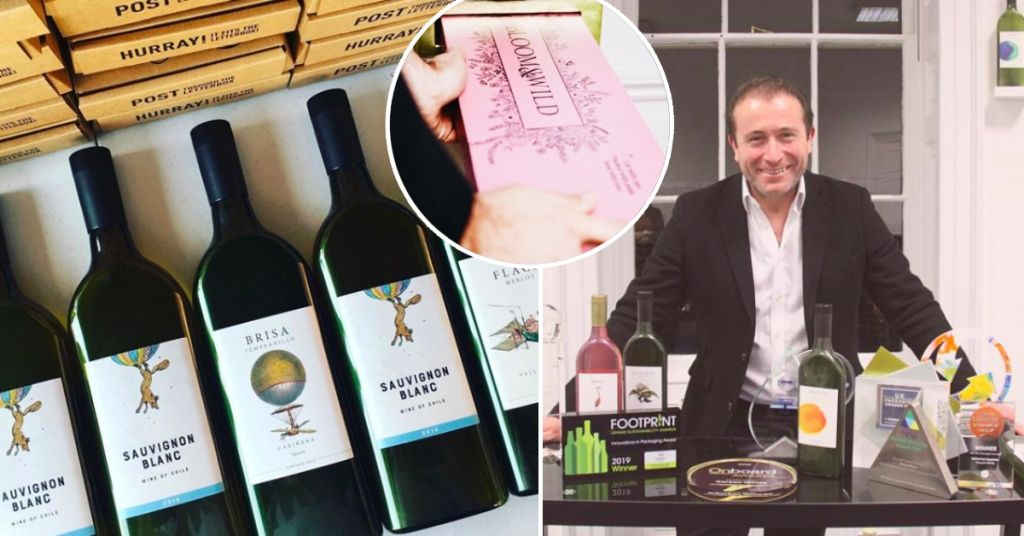Flat-Pack Wine? Why One Maltese Businessman Chose To Work With Plastics Despite Growing Concern For The Environment

In an age where most companies are ditching the use of plastic, Santiago Navarro and his line of Garçon Wines have done the opposite. In a world where wine usually comes in glass bottles or cartons at a push, he’s among the first to pour wine into plastic bottles. But, why?
As Navarro puts it: “most people would have said that launching a plastic product in the market when the world was experiencing high levels of discomfort with the wrong sorts of plastic was a bad idea”.
Navarro, who is half Maltese and lives in the English capital of London, blames his passion for food and drink for leading him astray from his first venture, Vinopic Wines.
Vinopic’s mission was to score wines through scientific testing and tasting, something Navarro likened to “sorting the goodies from the baddies”.
But the data collected by his business was showing something glaringly obvious: glass bottles were not financially sustainable but also carried with them a grotesquely large carbon footprint.
“Consumers were wanting to receive smaller volumes more frequently, while the wine industry was built on people receiving less frequently in very large volumes,” Navarro says.
After dissolving Vinopic in favour of a new adventure, Navarro set about finding a solution for less packaging, no breakages and lower transport costs. And that is how the letterbox wine concept was born…
The letterbox concept takes the traditional wine bottle shape and flattens it, making the container longer than a typical wine bottle and allows for the wine to be stored at a 90-degree angle – usually a big faux pas with wine storage.
“We chose to adapt, innovate and advance the shape to release functional benefits, while recognising the bottle must look beautiful,” Navarro recently told Euronews Living of his approach to developing the concept.
Anyone shaking at the thought of the bottle not being able to hold the usual 75cl of wine, the letterbox bottle is only 2cm taller than your average round bottle and though slimmer than normal it still contains the same amount as a standard bottle of vino.
The bottles also weigh around 87% less than a standard glass bottle, making it easier to pack more into boxes and lighter to transport. The result, Navarro says, saves more than 500g of CO2 per bottle.
Navarro says of his unthinkable feat, “During a time in which people are uncomfortable about plastic, I’ve done the inverse. I’ve spoken more, I’ve engaged more, and I’ve taken any opportunity, big or small, to share what we’re doing.”